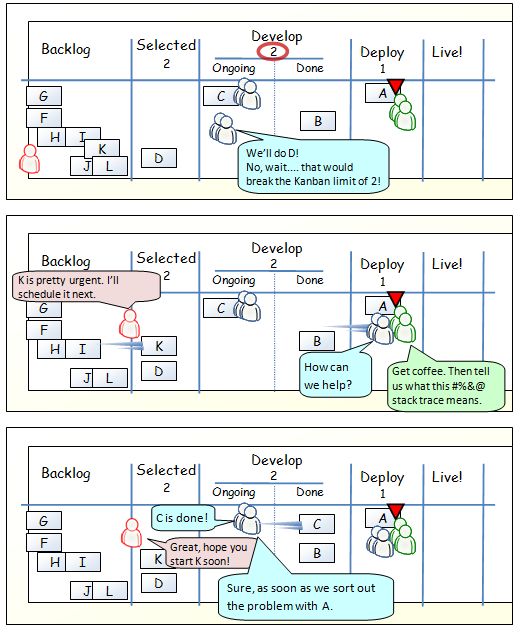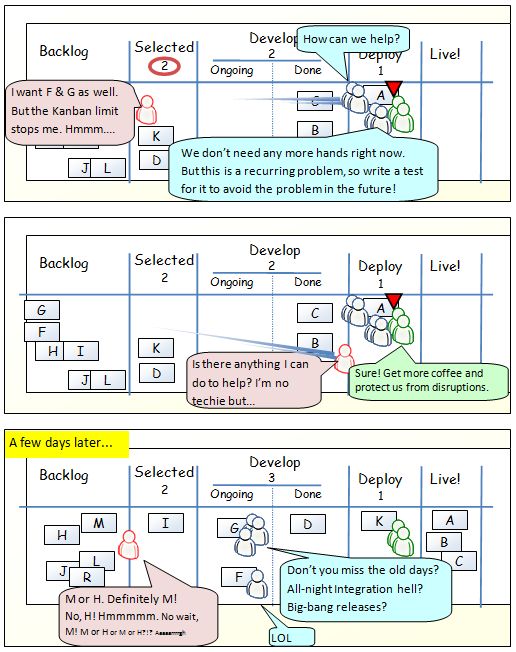Social Media Button Click-through Rates
As a followup to my earlier post, here’s an interesting bit from Pro Media Blog that Nick Dynice shared with me on the BarCampLA mailing list. Thanks, Nick!
Here are the results on the effectiveness & popularity of some of the social bookmarking buttons on a couple of our websites:
Social Bookmarking Buttons that are Very Likely to Be Clicked by Readers
- Tweetmeme
- Twitter Retweet
- Facebook Sharing
- Yahoo Buzz
Click rates were 60% or more for these buttons compared to the rest of the ones we put up on the same posts & pages.
Social Bookmarking Buttons that have Moderate Likelihood of Being Clicked
- Technorati
- Digg
- StumbleUpon
Click rates were 20% or less for these buttons compared to the rest of the ones we put up on the same posts & pages.
Social Bookmarking Buttons that will Possibly Never be Clicked
- Del.icio.us
- Newsvine
- Plurk
Click rates were negligible (less than 2%) for these buttons compared to the rest of the ones we put up on the same posts & pages.





















